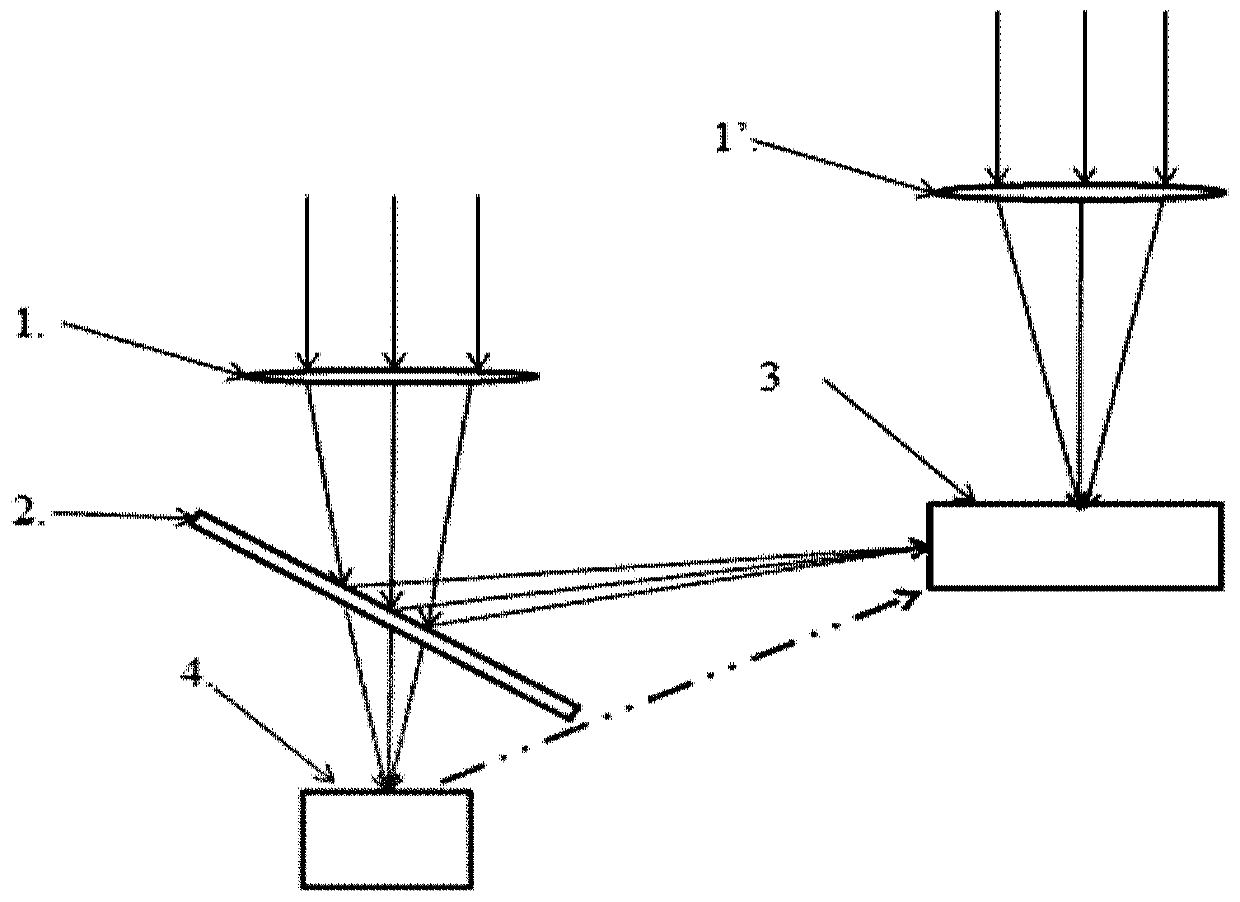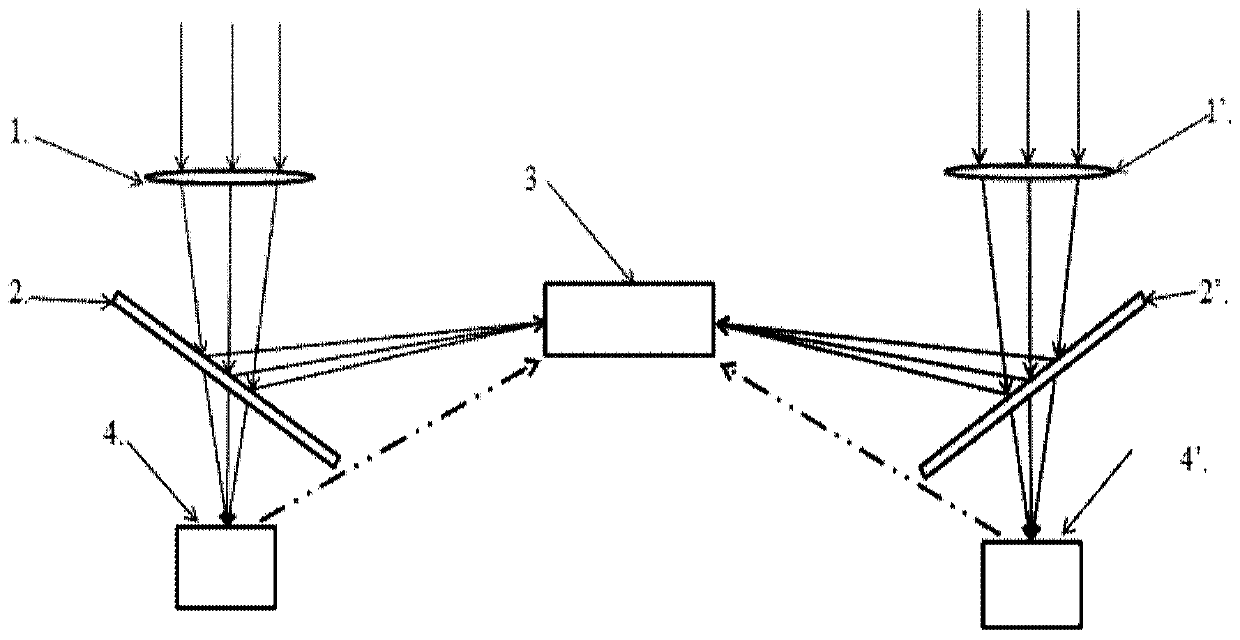Spectrum and light intensity collaborative optimization solar full-spectrum utilization device and method
A technology of synergistic optimization and solar energy, which is applied in the field of solar energy full-spectrum complementary preparation of chemical products, can solve the problems of lack of consideration of complementary, lower heat collection efficiency, waste of available energy, etc., to avoid cosine loss, improve utilization efficiency, and prevent damage. Effect
- Summary
- Abstract
- Description
- Claims
- Application Information
AI Technical Summary
Problems solved by technology
Method used
Image
Examples
Embodiment 1
[0127] In the first exemplary embodiment of the present invention, there is provided a solar full-spectrum complementary utilization device that adopts the coordinated optimization of the spectrum and light intensity of a transmissive concentrating component. figure 1 It is a schematic diagram of a solar full-spectrum complementary utilization device that adopts a transmission-type concentrating component's spectrum and light intensity to coordinately optimize according to an embodiment of the present invention. figure 2 , image 3 with Figure 4 For figure 1 A schematic view of an improvement of the structure shown. Such as figure 1 As shown, the solar full-spectrum complementary utilization system for coordinated optimization of spectrum and light intensity in this embodiment includes: a transmission type concentrating component 1 for concentrating sunlight; and a frequency dividing component 2 located on the concentrating light path of the concentrating component, The inci...
Embodiment 2
[0132] In the second exemplary embodiment of the present invention, there is provided a solar full-spectrum complementary utilization device structure that adopts a transmissive concentrating component to adjust the energy distribution ratio and the spectrum and light intensity are collaboratively optimized. Figure 5 It is a schematic diagram of the structure of a solar full-spectrum complementary utilization device that adopts a transmission-type concentrator to adjust the energy distribution ratio of the spectrum and light intensity according to an embodiment of the present invention. Such as Figure 5 As shown, the solar photovoltaic-photothermal complementary structure of the transmissive concentrating component that can adjust the photoelectric-photothermal energy ratio of this embodiment includes: a transmissive concentrating component 1 for concentrating sunlight; a frequency dividing component 2 located in the On the condensing line of the concentrating component, the in...
Embodiment 3
[0137] In a third exemplary embodiment of the present invention, there is provided a solar full-spectrum complementary utilization device that adopts a reflective light-concentrating component to synergistically optimize the spectrum and light intensity. Image 6 It is a schematic diagram of the structure of a solar full-spectrum complementary utilization device that adopts the spectrum and light intensity of a reflective concentrating component according to the present invention. Such as Image 6 As shown, in this embodiment, the solar full-spectrum complementary utilization device adopting the coordinated optimization of the spectrum and light intensity of the reflective concentrating component includes: a reflective concentrating component 1a for concentrating sunlight; a frequency dividing component 2 located in the concentrating On the condensing line of the optical component, the incident light source is divided into a first light beam for efficient use by the photovoltaic ...
PUM
 Login to View More
Login to View More Abstract
Description
Claims
Application Information
 Login to View More
Login to View More - R&D
- Intellectual Property
- Life Sciences
- Materials
- Tech Scout
- Unparalleled Data Quality
- Higher Quality Content
- 60% Fewer Hallucinations
Browse by: Latest US Patents, China's latest patents, Technical Efficacy Thesaurus, Application Domain, Technology Topic, Popular Technical Reports.
© 2025 PatSnap. All rights reserved.Legal|Privacy policy|Modern Slavery Act Transparency Statement|Sitemap|About US| Contact US: help@patsnap.com



